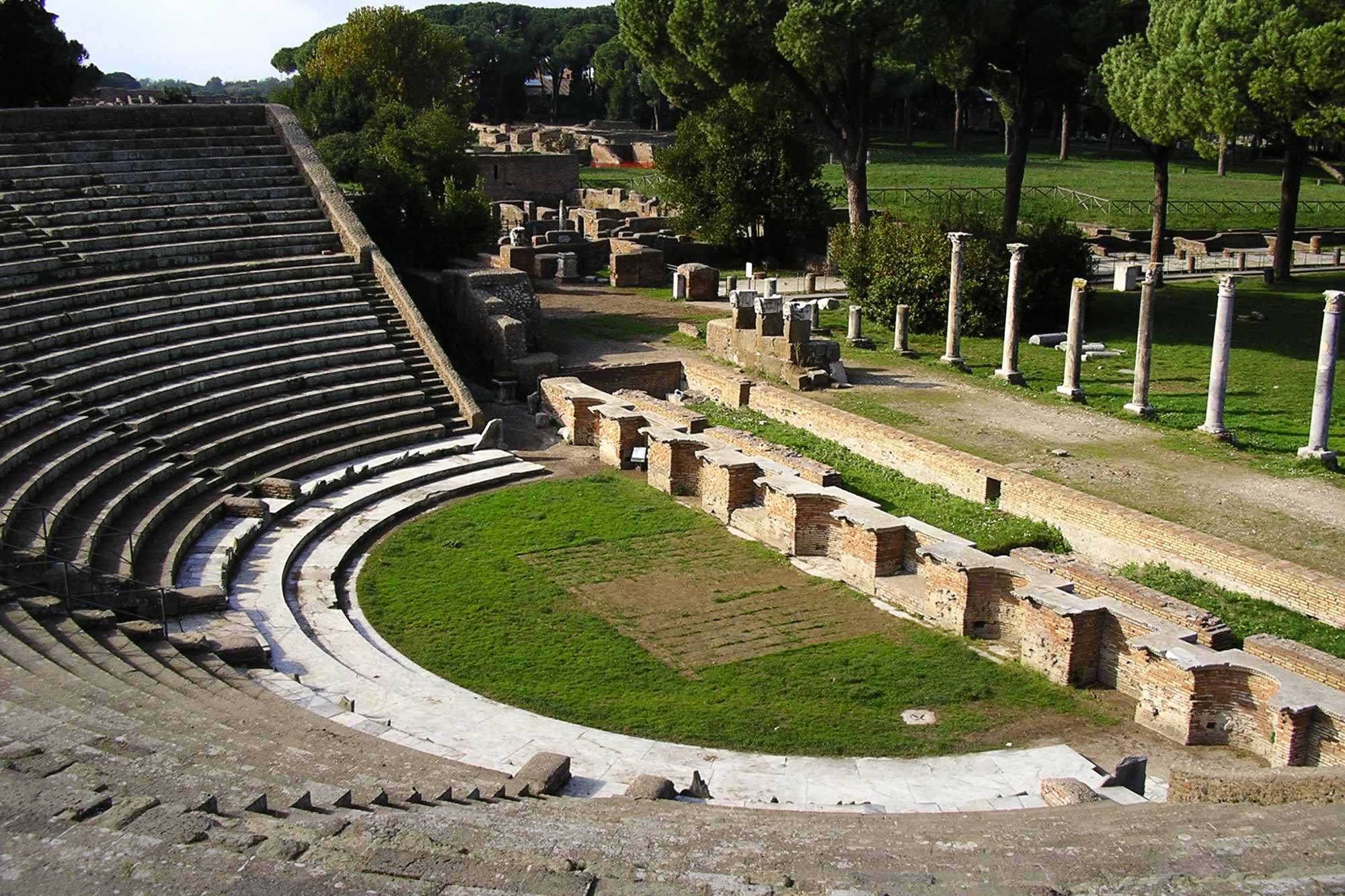Roman & Late Antique Artefacts from Egypt: understanding society & culture
This AHRC-funded research project led by Dr Ellen Swift, with co-investigator Dr April Pudsey at Manchester Metropolitan University and Research Assistant Jo Stoner at the University of Kent, is the first in-depth study of Roman and Late Antique Egypt that uses everyday artefacts as its principal source of evidence. The research project aims to transform our understanding of social experience, social relations, and cultural interactions, among the populations of Egypt in this period.
UK museums hold significant collections of artefacts from Roman and Late Antique Egypt as a result of late nineteenth and early twentieth century archaeological excavations, yet most of these objects have never been studied systematically, from a social perspective. The project studies artefacts from the collection of UCL’s Petrie Museum in Bloomsbury, London, one of the largest and best-documented in the UK. It contains more than 8,000 objects dating to the periods under study.
Of particular interest is investigating how experiences may have differed between children, adults, slaves, women, men, and people of different social and ethnic groups. Evidence of wear and repair will reveal both aspects of practical daily use, and personal and sentimental meanings that may have been attached to objects such as dress accessories, shoes, toys, and simple musical instruments.
The project brings together specialists in the interpretation of ancient Egyptian texts on papyrus, and archaeological artefacts, drawing on new methodologies and interpretative approaches including the experimental recreation of objects. Presentation of research results will include: a co-authored book on the social history of Roman and Late Antique Egypt from artefact evidence; a journal article on the 3D scanning and recreation of objects; online teaching and research resources for schools and universities; and a workshop for museums and academics.
The Sounds of Roman Egypt exhibition at UCL’s Petrie museum in spring 2019, open to the general public, presents research on the musical instruments in particular, displaying the originals from the Petrie collection, as well as prototypes and replicas made via 3D scanning/printing technology. Visitors are able to experience the sounds of the artefacts, handle and play the replica items, and learn how the artefacts would have been used to create particular experiences, such as in religious and ritual activities.
The Roman and Late Antique Artefacts from Egypt project is a collaboration between the University of Kent, Manchester Metropolitan University, and the UCL Petrie Museum of Egyptian Archaeology.
Visualising the Late Antique City
The late antique period has been the subject of four decades of intense research and debate. However, we still have no image of urban life at this time to present to the wider public. This contrasts with other periods of classical history, which are more widely known, thanks to effective synthesis and representations in art or film. As a result, late antiquity is effectively absent from popular historical consciousness. This makes it difficult for the work of scholars working in this field to be absorbed beyond academia, despite a great deal of research being undertaken on the period. Thus, it seems timely to bring academic work on late antiquity to wider attention, to compete with ‘Roman’ and ‘Medieval’ images of the European past. To achieve this, scholars must be able to evoke the material atmosphere of late antiquity convincingly, in both text and images, to create an imaginative space in which the public can conceive of the events and cultural development of the time.
Visualising Late Antiquity is an academic research project at the University of Kent, conceived by Dr Luke Lavan,undertaken with Dr Ellen Swift. The project focusses primarily on the city and seeks to address a lack of public awareness of the late antique period. Drawing on art, archaeology and ancient texts, the project aims to provide a scholarly basis for an inspiring evocation of the urban form of the 4th to 6th centuries A.D. The team also includes five doctoral students and two artists and a number of external partners. The project was supported by a research project grant from The Leverhulme Trust and has also been assisted by generous donations from individuals.
The project seeks to establish an academic basis for the reconstruction of daily life in the late antique city, and highlight the most important discoveries through selective case studies, providing a framework within which to explore key themes in everyday life such as urban social relations, laws governing market trade, or practical co-existence between different religious communities.
By connecting diverse sources in a spatial narrative, we reach a better understanding of the life rhythms of city dwellers, the function of their buildings and the significance of artefacts used in daily life. For the first time, the ‘feel’ of late antique cities could be explored – via the structure, relationships and material experience of urban life.
The project also permits a more positive evaluation of the urban tradition of the period by focusing on the prosperous cities of the Central and Eastern Mediterranean, rather than on their ‘declined’ equivalents in the North and West. The focus on ‘secular’ topography allows the team to redress an imbalance in the over-concentration of scholarly interest in ‘Christian topography’.
The project aims to break the concentration on Pompeii in the study of everyday life in the Roman Empire, by introducing a wide range of new source material. Our illustrations demonstrate how the period can be represented in an engaging but critical manner, adding new textures to the historical representations of the period, by considering regional variation, temporality, seasonality and wear in dress and building decoration, and on the disrupted use of artefacts in real life.
